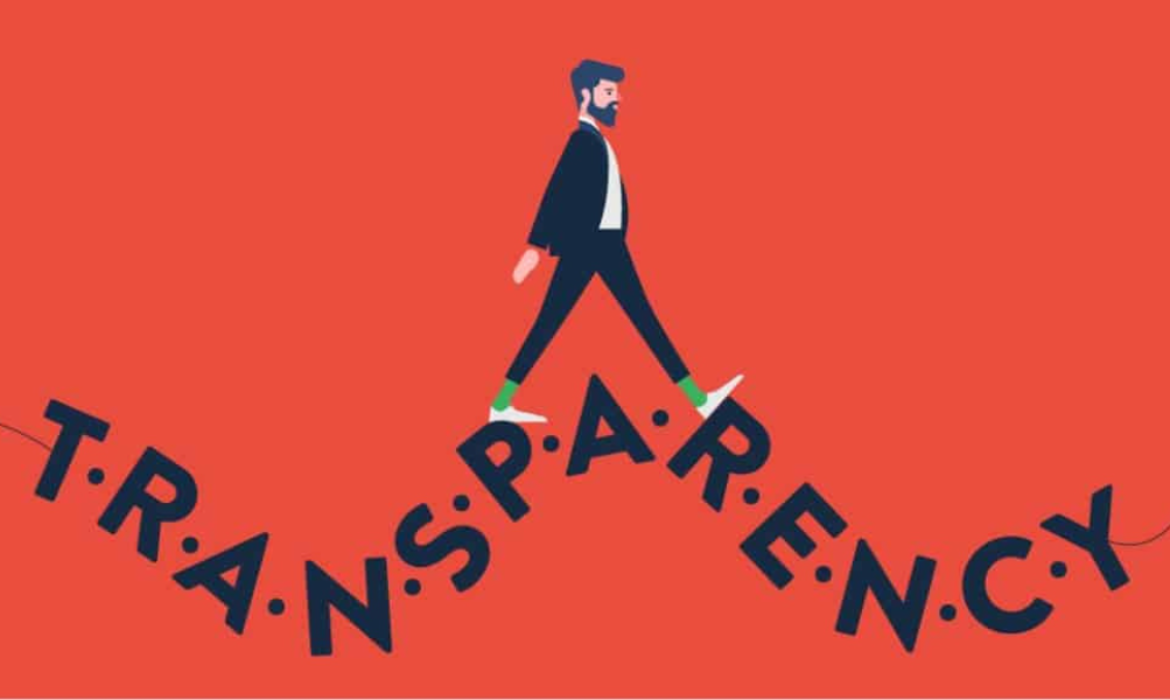Advertisers Look For Greater Transparency In Programmatic Ad Buying
Time and again, “Transparency’ has been a cause of concern for advertisers in the programmatic ad buying. This has been a long time pending issue which still remains unresolved as advertisers try to uncover what happens to money spent on programmatic ads.
Ad spend is falling and advertisers are again seeking greater transparency into the ad-buying supply chain. Hidden fees, fraud, viewability, and brand safety are the growing concerns that need immediate attention.
Trade body ISBA studies reveal that nearly half (49%) of ad buys disappear before reaching publishers and 34% of this money is the disclosed fees agencies and ad tech vendors take for trading impressions. However, 15% cannot be attributed to what the report called an ‘unknown delta’ on the supply chain. The amount of money that reaches publishers is lower, as the report did not consider ad fraud and ad viewability.
As reported earlier, a noticeable amount of programmatic dollars doesn’t reach the publishers and it is getting increasingly harder to keep a track of where it goes. The trade body struggled for nine months to gather data from the ad tech vendors to make a report on this and when it received data is was unusable.
PwC collected information for the study was data on 267 million impressions traded between 15 advertisers, eight agencies, five demand-side platforms, six supply-side platforms, and 12 publishers from the Association of Online Publishers from Jan. 1 to 20. March. Of those impressions, only 31 million (12%) were actually analyzed by matching log-level and aggregated data across 290 different supply chains.
PwC reported that it was highly cumbersome and hard to collect data on each impression. Ad tech vendors were conservative in sharing data due non-disclosure agreements and data collected was in different formats making it difficult to trace an advertiser’s money to so many different publishers. The advertisers involved in the study were non-premium 40,525 sites on an average.
Generally, an advertiser or agency decides to buy impressions and pay for them on DSP while publishers use SSP to sell their inventory at advertisers. Data on impressions from these two platforms are matched up and PwC did the same. However, data could not give financial transparency for the advertisers and publishers There were still costs in the ‘unknown delta’ that remains unidentified on the report. For instance, hidden fees can be a combination of additional ad tech vendor fees, post-auction bid shading, trading deals, and other unknown factors.
As quoted Sam Tomlinson, marketing assurance partner at PwC in DigiDay,
“This is more because the programmatic ecosystem is built on legacy processes that are a mess.”
Graeme Adams, head of media at BT Group said,
“We desperately need to see a common set of standards adopted and more openness in this market, so that every penny spent is accounted for. If this happens, we’ll invest more in the channel; if not, we will cut back and reshape our trading approaches.”
To conduct such high and intense study is a big expense. For instance, It costs more than £1 million ($1.2 million) to collect and process the data from different sources in ISBA’s study. A lot of emphasis is given to attain log file data by marketers. If the ISBA report proves anything that the log file data can reveal everything about transparency and nothing at the same time.
Ruben Schreurs, managing partner at digital media consulting firm Digital Decisions responds to log file data and said,
“Using the overly sophisticated approach of trying to match log-file data in real-time is like buying the IBM Watson supercomputer to calculate 1+1.”
He added that advertisers should have a sensible and valuable approach by running a periodic review of their net spend on publishers and match it with publisher data cumulatively. This will help to get the right and required output to make value-driven decisions on how to optimize the value chain and avoid complicating technologies.
Nevertheless, the report findings can help the adtech industry and give the insight to enhance financial and data transparency as regulators on impressions as regulators dominate.
Steve Chester, director of media and advertising at ISBA said,
“If the ad industry can be seen to be demonstrating that we can create a more open and transparent market then it could avoid the necessity of being regulated.”
Author Profile

- Neha Mehta
- Neha started her journey as a financial professional but soon realized her passion for writing and is now living her dreams as a content writer. Her goal is to enlighten the audience on various topics through her writing and in-depth research. She is geeky and friendly. When not busy writing, she is spending time with her little one or travelling.
Latest Posts
 Interview and Guest PostJuly 19, 2024Navigating Ad Tech: Equativ’s Jacqueline Chua’s Strategic Insights
Interview and Guest PostJuly 19, 2024Navigating Ad Tech: Equativ’s Jacqueline Chua’s Strategic Insights Interview and Guest PostJune 21, 2024CTV Exploration: Chandrahas Shetty, Demand Facilitation Lead, India, On Growth And Privacy
Interview and Guest PostJune 21, 2024CTV Exploration: Chandrahas Shetty, Demand Facilitation Lead, India, On Growth And Privacy Interview and Guest PostJune 14, 2024Advertising Evolution: Rasha El-Ghoussaini on Snap Inc.
Interview and Guest PostJune 14, 2024Advertising Evolution: Rasha El-Ghoussaini on Snap Inc. Interview and Guest PostJune 5, 2024Navigating Digital Waves: Shrenik Gandhi’s Journey with WRM
Interview and Guest PostJune 5, 2024Navigating Digital Waves: Shrenik Gandhi’s Journey with WRM










